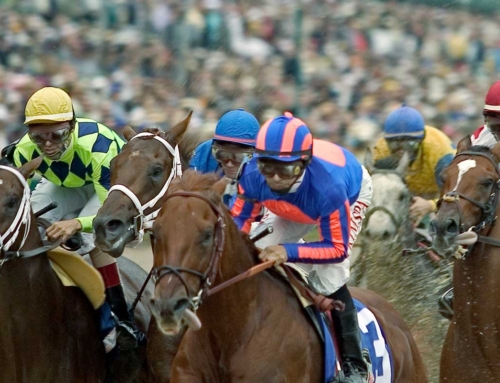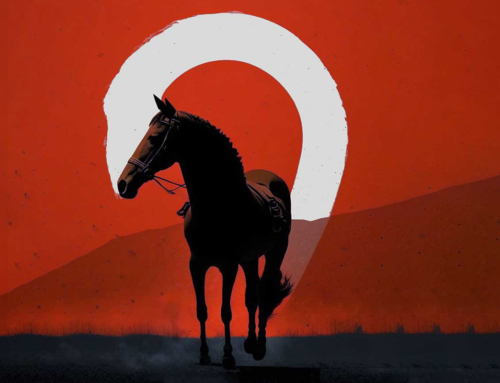
A Look Back at the Louisiana Purchase
The Great Land Grab
In 1803, the United States doubled in size practically overnight. This momentous event, known as the Louisiana Purchase, involved a massive land deal with France that forever shaped the course of American history. But how did France come to possess this vast territory in the first place, and what led them to sell it to a young nation across the Atlantic?
French Dreams in the New World
France’s claim to North American land stretches back to the early 16th century. King Francis I, eager to find a Northwest Passage to Asia and secure riches, commissioned explorers like Giovanni da Verrazzano. These early voyages planted the seeds of French ambition on the continent. Later, under King Henry IV, French interest shifted to the St. Lawrence River region, which laid the groundwork for further exploration and settlement. Enterprising figures like Samuel de Champlain and Robert Cavelier de La Salle ventured deep into the continent, forging alliances with Native American tribes and claiming vast territories, including the Mississippi River basin, for the French crown.
La Louisiane: A Colony Takes Root
La Salle’s exploration of the Mississippi in 1682 was a pivotal moment. He christened the region “La Louisiane” in honor of King Louis XIV, solidifying French claims to the vast territory stretching from the Great Lakes to the Gulf of Mexico. While initial attempts at large-scale colonization faltered, fur trading with Native Americans proved lucrative, and settlements like New Orleans gradually took root. The port city of New Orleans, founded in 1718 by Jean-Baptiste Le Moyne de Bienville, became the strategic and economic heart of French Louisiana, with its prime location facilitating trade and cultural exchange between Europe, Africa, and the Americas.
From Colony to Cash: Why France Sold
By the early 1800s, France’s grip on Louisiana had weakened. Napoleon Bonaparte, then France’s leader, was more interested in European dominance than North American colonies. Additionally, slave rebellions in Haiti, a crucial French possession, threatened to spread to Louisiana, which also had a large enslaved population. Facing financial strain and the potential for conflict with the United States over control of the Mississippi River, Napoleon saw an opportunity. The pressures of maintaining a colonial empire and the desire to fund military campaigns in Europe pushed Napoleon to reconsider the value of holding onto Louisiana.
A Once-in-a-Lifetime Deal
Enter President Thomas Jefferson. Worried about France’s presence on the Mississippi and eager for westward expansion, Jefferson sent diplomats to negotiate the purchase of New Orleans. To their surprise, Napoleon offered to sell the entire Louisiana Territory for $15 million. This unexpected windfall doubled the size of the United States and opened the door for westward expansion, paving the way for future states like Missouri, Colorado, and Kansas. The purchase, encompassing approximately 828,000 square miles, transformed the young republic, providing vast tracts of land for agriculture and settlement. Jefferson’s vision of an “empire of liberty” found a tangible foundation in this land acquisition, setting the stage for American exploration and expansion across the continent.
The Legacy of the Louisiana Purchase
The Louisiana Purchase remains a landmark event in American history. It stands as a testament to both ambition and opportunism, forever altering the nation’s geographic and political landscape. The acquisition underscored the United States’ growing aspirations and its willingness to seize opportunities for expansion. Moreover, the purchase had profound implications for the Indigenous Peoples living on the land, as the expansion westward brought increased conflict and displacement.
This rich history of Louisiana provides a fascinating backdrop for the detective mystery novel “ROLL: A Gable & McLaren Mystery” by Niklas Three. Set against the storied landscape of Louisiana, “ROLL” weaves a tale of suspense and intrigue that draws inspiration from the state’s complex past. For readers captivated by the historical significance of Louisiana, “ROLL” offers a gripping narrative that brings the spirit of the region to life. Discover how the echoes of the past resonate through the pages of “ROLL” as the mystery unfolds in this uniquely vibrant setting.
Exploring the multifaceted history of the Louisiana Purchase not only enriches our understanding of this transformative event but also highlights the enduring impact of history on contemporary storytelling. As “ROLL” delves into the layers of Louisiana’s past, readers are invited to experience the depth and dynamism of a region shaped by centuries of ambition, conflict, and cultural exchange.





















